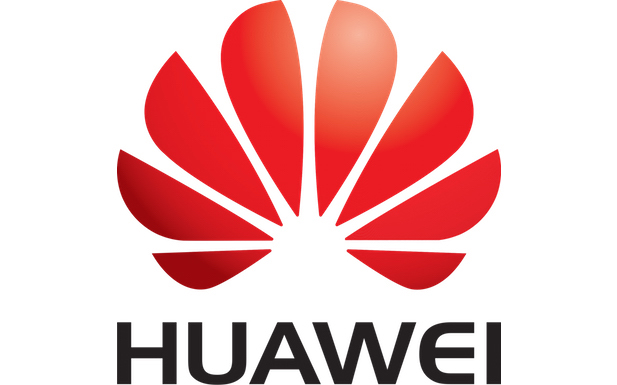The Chinese equipment maker says its first-half revenues are up 23.2% on the same period last year, when its growth rate was 15%.
Its compound annual growth rate from 2014 to 2018 was 26%.
The company’s chairman, Liang Hua, said in a statement, “Revenue grew fast up through May. Given the foundation we laid in the first half of the year, we continue to see growth even after we were added to the entity list. That’s not to say we don’t have difficulties ahead. We do, and they may affect the pace of our growth in the short term.”
He added, “But we will stay the course. We are fully confident in what the future holds, and we will continue investing as planned – including a total of CNY120 billion (€15.64 billion) in R&D this year.
“We’ll get through these challenges, and we’re confident that Huawei will enter a new stage of growth after the worst of this is behind us.”
US versus Huawei
Huawei was put on the so-called Entity List of companies that are barred from trading the American companies in May.
The Trump Administration accuses the company of using its equipment to spy for the Chinese state, intellectual property theft, lying to US authorities and breaking international trading sanctions.
The US Government has tried to exert pressure on other governments to follow its example, with mixed success.
Huawei denies all accusation and says being put on the Entity List is politically motivated and part of President Trump’s trade war with China.
Handset sales pick up
Huawei sold 118m smartphones worldwide in the first half of this year, about 80% of what it sold last year.
Customers’ confidence was shaken by Google being obliged to block Huawei’s access to some Android tech and updates by the ban, but it seems that confidence is returning and sales of the highly rated phones are rising again.
Google fears the ban will lead to Huawei creating its own version of the operating system and fragmentation.
There are wider fears too of fragmentation right across the communications industry as China increasingly will look to produce its own technology, or from software to chips.



